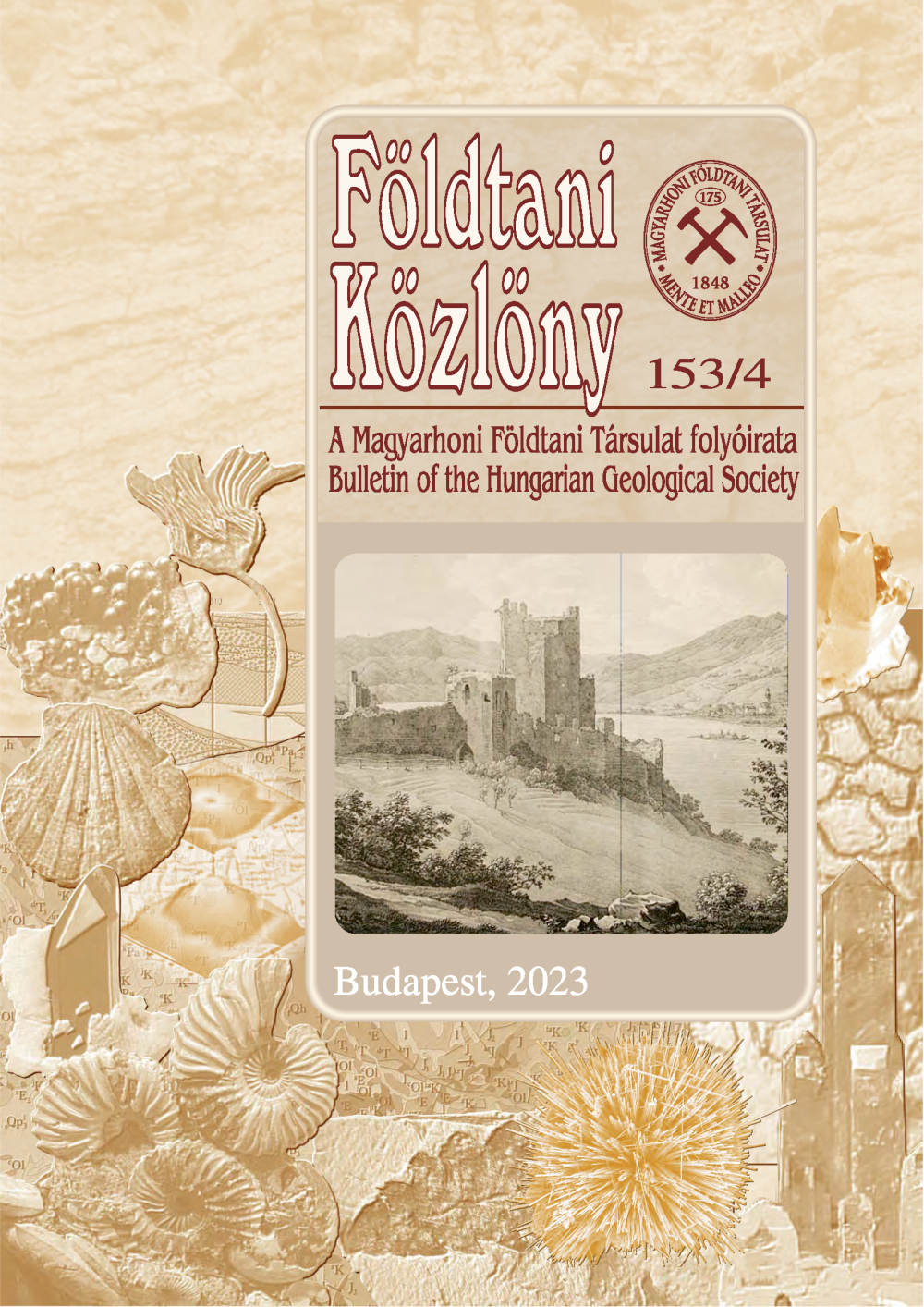Tectonostratigraphic terrane and palaeoenvironment maps of the Circum-Pannonian region
Abstract
As a continuation of the terrane map subproject of the former IGCP Project No. 276 — ”Paleozoic geodynamic
domains and their alpidic evolution in the Tethys” (PAPANIKOLAOU ed. 1997) — the tectonostratigraphic terrane map
series of the basement of the Pannonian Basin and of its surrounding Alpine–Carpathian–Dinaridic mountain chains has
been elaborated by the national representatives of the countries lying in the relevant area. The terrane pattern of the region
is shown on palaeoenvironment maps of four succesive evolutionary stages. As can be seen on the maps, the main feature
of the Pannonian basement is given by the Alcapa Megaterrane especially its south-eastern segment — i.e. the Pelso
Composite Terrane of Dinaridic – South Alpine origin in the North, and the Tisia Megaterrane of European origin in the
South, these are separated by the Periadriatic–Balaton and Zagreb–Zemplin (or Mid-Hungarian) lineament systems. The
north-westernmost part of the Palaeo/Neothethyan suture zones (which have not been disturbed by terrane movements),
occurs in the southern part of the area, in the Vardar Zone – Dinaridic Ophiolite Belt sector. The frame is formed by the
unbroken mountain chains of the East Carpathians – South Carpathians – East Serbian ”Carpatho-Balkanides”, (which
represent the deformed European margin) and of the Southern Alps–Dinarides, representing the deformed
Adriatic/Apulian margin. Small Neotethyan relics are dispersed more to the North in the Circum-Pannonian region: (i)
the Transylvanides in Romania, (ii) the Kalnik Unit in NW Croatia and SW Hungary, (iii) the Darnó and Szarvaskő Units
(Bükk Composite Terrane) in NE Hungary, (iv) the Meliata Unit (Gemer Composite Terrane) in SE Slovakia, and the (v)
related Florianikogel Unit (Hallstatt Mélange) in the Northern Calcareous Alps, Austria.











